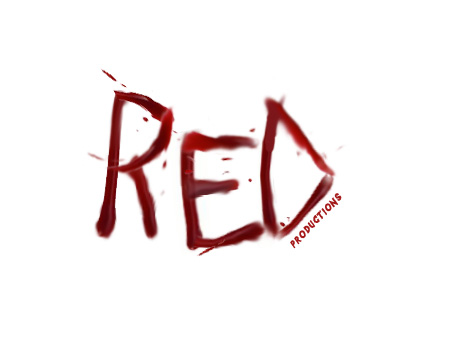The British Board of Film Classification (BBFC), also known as the British Board of Film Censorship, is a non-governmental organisation, founded by the film industry in 1912 and responsible for the national classification and censorship of films within the United Kingdom who are funded by fees charged for those who submit films and video works for classification.
They classify films, trailers and advertisements on behalf of local authorities who licence cinemas. Their Classification Guidelines follow extensive public consultation, in order to practice applying and pay attention to changes in public's taste, attitudes, concerns and changes in the law to apply age ratings to the above.
The main roles in which the BBFC aim to achieve are, to protect children and vulnerable adults from potentially harmful or otherwise unsuitable media content and to empower consumers, particularly parents and those with responsibilities for children, to make informed viewing decisions.
When taking films into consideration, there are a number of general factors that the BBFC have to refer to when making a classification decision:
Context - The contexts is central to the question of acceptability of film and video content; taking account of issues such as public expectations of a work's audience in particular. The issue of sex, language or violence is presented within a film or video and depending on how strongly each topic is applied a classification is then applied.
Theme - the theme of a work will also be taken into consideration, but will depend significantly on the treatment of the theme and the sensitivity of its presentation. The most challenging themes such as drug misuse, sexual violence, racial hatred or violence are unlikely to be appropriate at the most junior levels of classification.
Tone and Impact - The overall tone of a work may also affect the classification decision. While the presentation of specific issues such as sex and violence may not be problematic at a particular category, a work with a dark or unsettling tone may receive a higher classification.
Discrimination - Potentially offensive content relation to matters such as race, gender, religion, disability or sexuality may arise in a wide range of works, and the classification decision will take account of the strength or impact of their conclusion of which the context of the content which may appear also to have a bearing.
Drugs - No work taken as a whole may promote the misuse of drugs and any detailed portrayal of drug misuse likely to promote the activity.
Works which normalise or glamorise drug misuse are likely to receive a higher classification than works which show drug misuse while emphasising the dangers.
Imitable Behaviour - Any detailed portrayal or criminal and violent techniques, and glamorise of easily accessible weapons, such as knives. Works which portray anti-social behaviour such as bullying and likely to receive a higher classification.
Sex- The portrayal of sexual activity can range from kissing to detail of unstimulated sex. Sex works will normally only be passes at the adult categories. However those which only contain sex will be passed at 18.
















